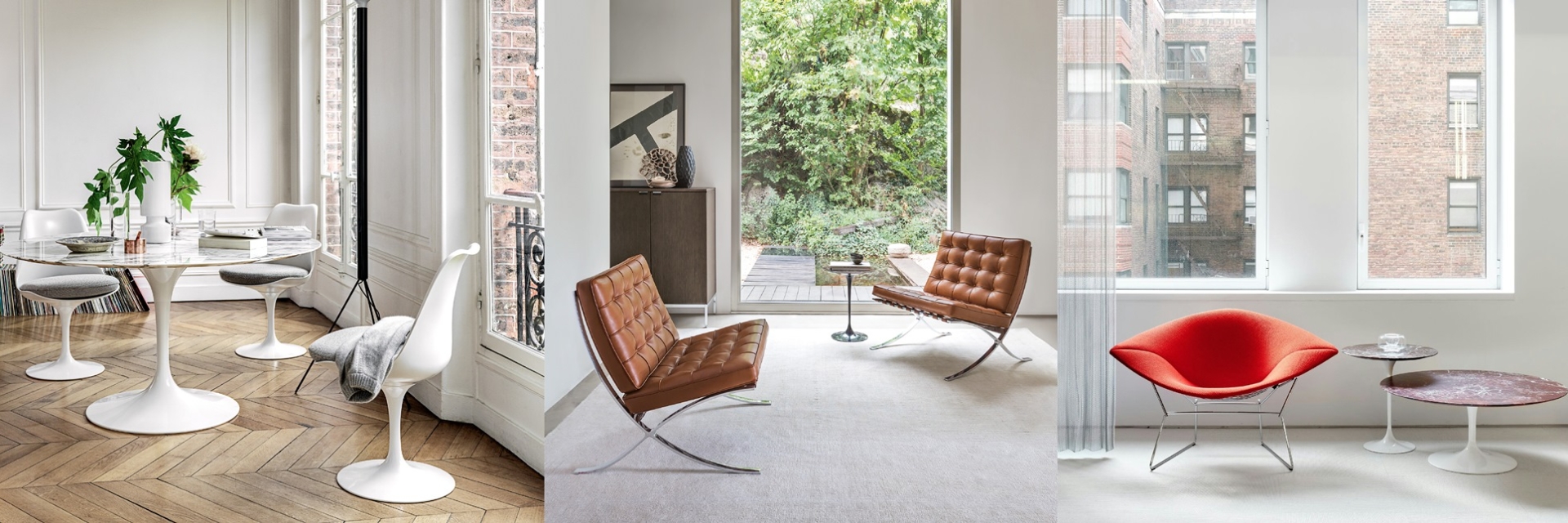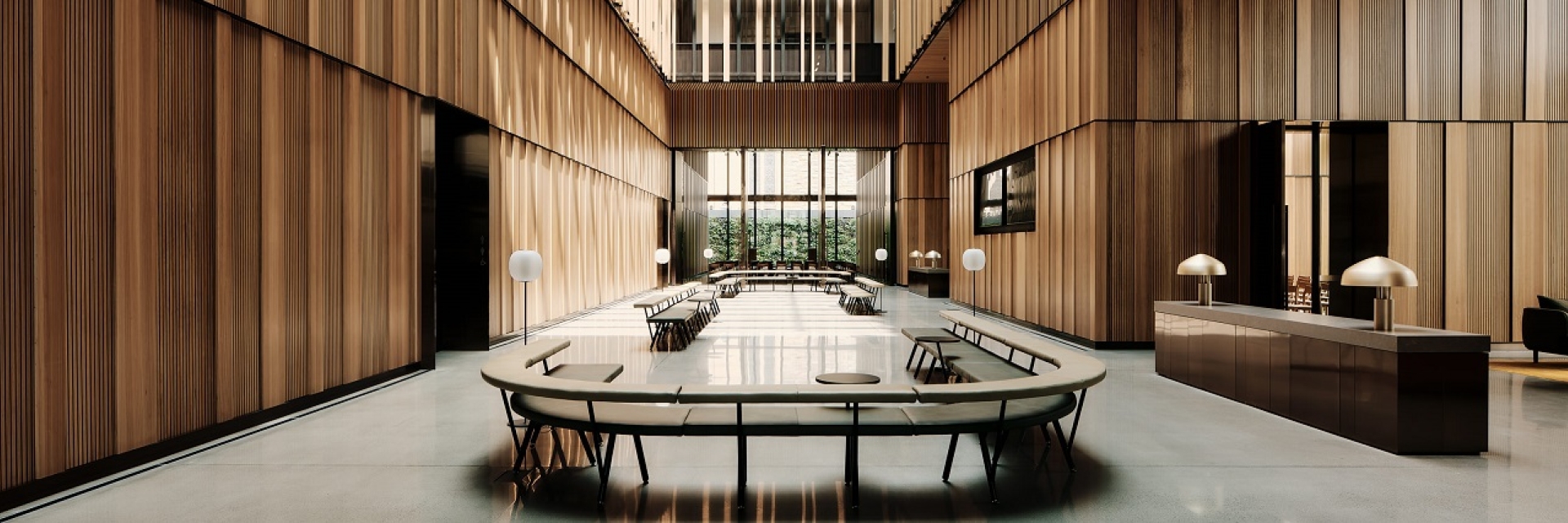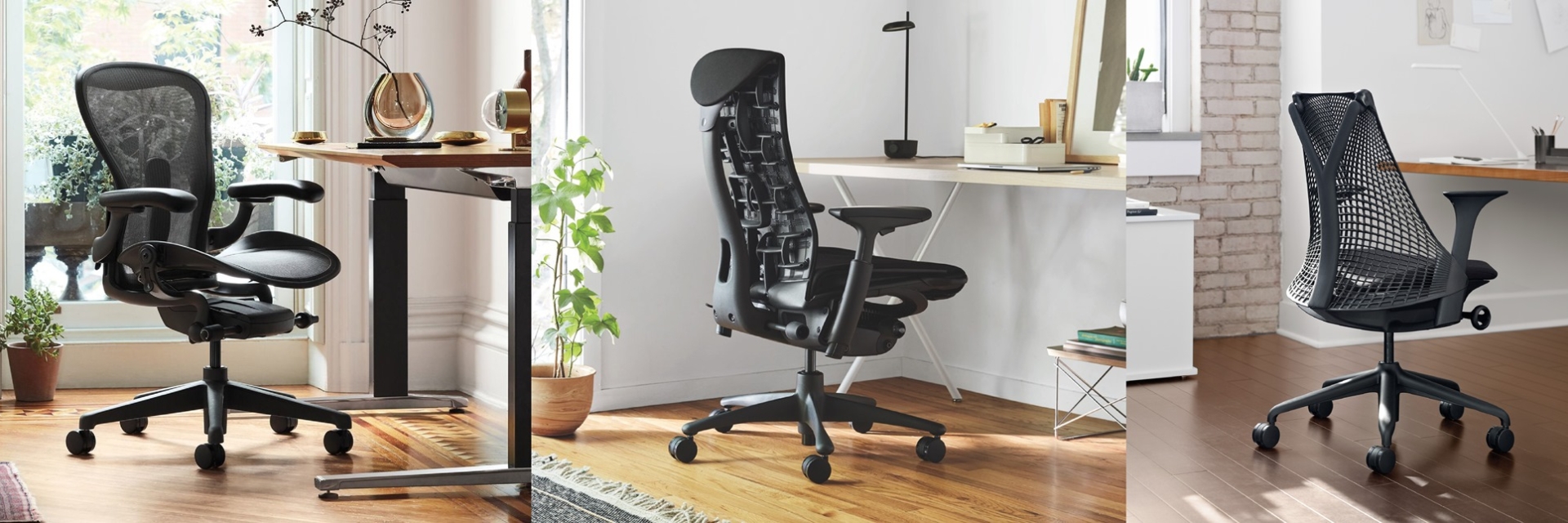
"We were longing for a product that could be a decent, honest, simple tool that would get the most important things right." - Carola Zwick, Co-Founder Studio 7.5
With Zeph, Studio 7.5 aimed to bridge the gap between Herman Miller's iconic mid-century designs and the ergonomics of today's work chairs: An entry-level design that doesn't compromise comfort or style.
It was a “hard nut to crack”. They did it by animating a shell chair so it could offer not only the inherently joyful aesthetics that come with its visual language, but ergonomic benefits too. They created ample 3D-printed prototypes via trial-and-error iterations, some of which “looked like something out of a Tim Burton film”, until they landed on a one-piece seat and back that actually moves with the person sitting in it. While most shell chairs are static, the Kinematic Monoshell on Zeph offers a natural recline that uses the sitter’s natural pivot points to create the right counterbalance.
Studio 7.5 called the instant, personalised comfort of their last chair for Herman Miller, Cosm, their holy grail. How, then, to follow such a crowning achievement? Instead of looking to the present, the Berlin-based studio imagined the future, finding initial inspiration for the Zeph Chair with the help of their students at the Berlin University of the Arts and the Weissensee School of Art and Design Berlin.

From left to right - Zeph Scale Models; Removable seat-pad prototype; Studio 7.5 Founder Burkhard Schmitz with scale model; Team Studio 7.5
"Students invest in their laptop, they invest in their bicycle, but most of the time they're not initially investing too much in a seating tool," says Carola. That's why we wanted to get this right. The goal wasn't to create a 'budget' chair, but to boil it down to the true essence of an ergonomic chair.

From left to right - Zeph's Unibody removable cover; Studio 7.5 Co-Founder Carola Zwick considers Zeph's playful colour palette; A rainbow of yarns make up the 3D Knit palette
The expansive colour palette also took inspiration from the past. “One of the things we wanted to pick up from the mid-century era was the optimistic and delightful idea of the future – we wanted to be a bit more playful and happy,” Carola says. They call the palette the “crayon box”, and it’s intended not to be prescriptive, but inviting for a variety of tastes, and to let people have some fun. Throughout the process Studio 7.5 kept their students and initial goals for the project in mind, knowing that this mixture of joy and ergonomics couldn't come at too steep a price tag. The result, an entry-level experience worthy of the Herman Miller name.







